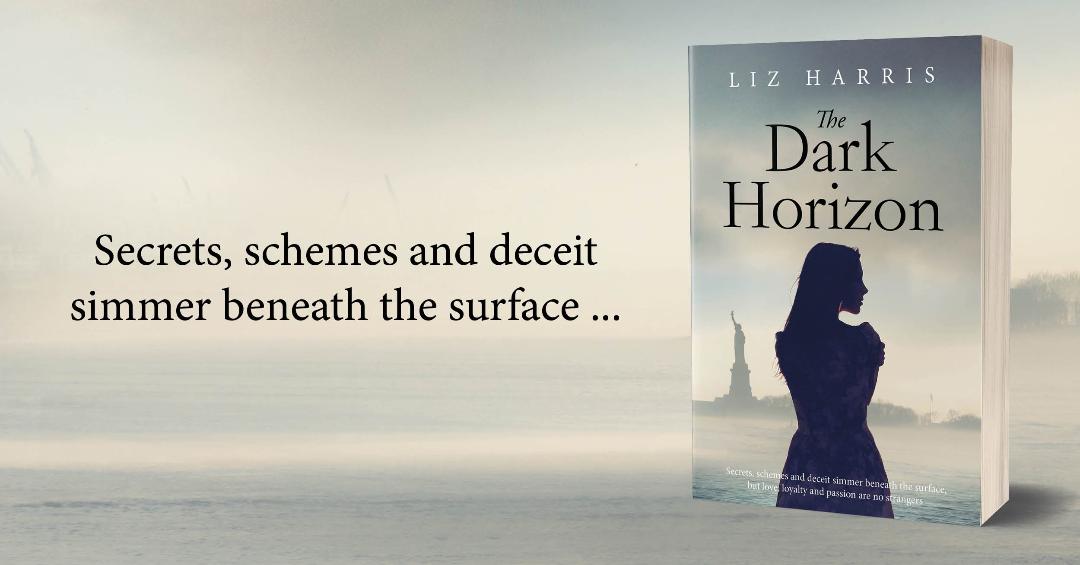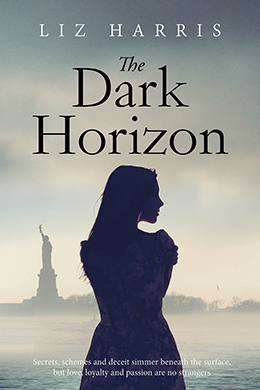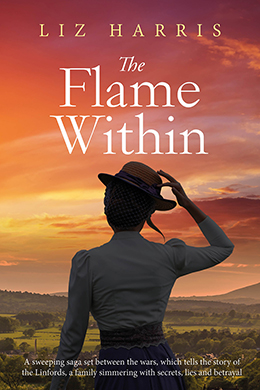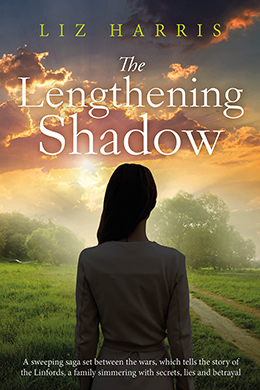
The Dark Horizon
The instant that Lily Brown and Robert Linford set eyes on each other, they fall in love. The instant that Robert’s father, Joseph, head of the family’s successful building company, sets eyes on Lily, he feels a deep distrust of her.
Convinced that his new daughter-in-law is a gold-digger, and that Robert’s feelings are a youthful infatuation he’d come to regret, Joseph resolves to do whatever it takes to rid his family of Lily. And he doesn’t care what that is.
As Robert and Lily are torn apart, the Linford family is told a lie that will have devastating consequences for years to come.
Amazon Buyer Reviews – [See all reviews]
The Dark Horizon is a beautiful dramatic love story set in England and America between the two world wars with the main characters living in New York and Oxfordshire.
Liz describes each setting so well that it is easy to visualise the lives of the Jewish immigrant community living in New York’s tenements and the wealthier Linford family homes in Oxfordshire.
Liz has a meticulous eye for detail, which is displayed in her descriptions of each of the characters, and draws the reader into their personalities such that they become really quite real.
The Dark Horizon is an excellent novel which grips the reader from beginning to end. I really enjoyed this book and look forward to the follow on books in the trilogy and to seeing how the lives of the characters evolve. (Amazon Customer)
Newsletter signup
Signup to my newsletter and receive a free novel!


